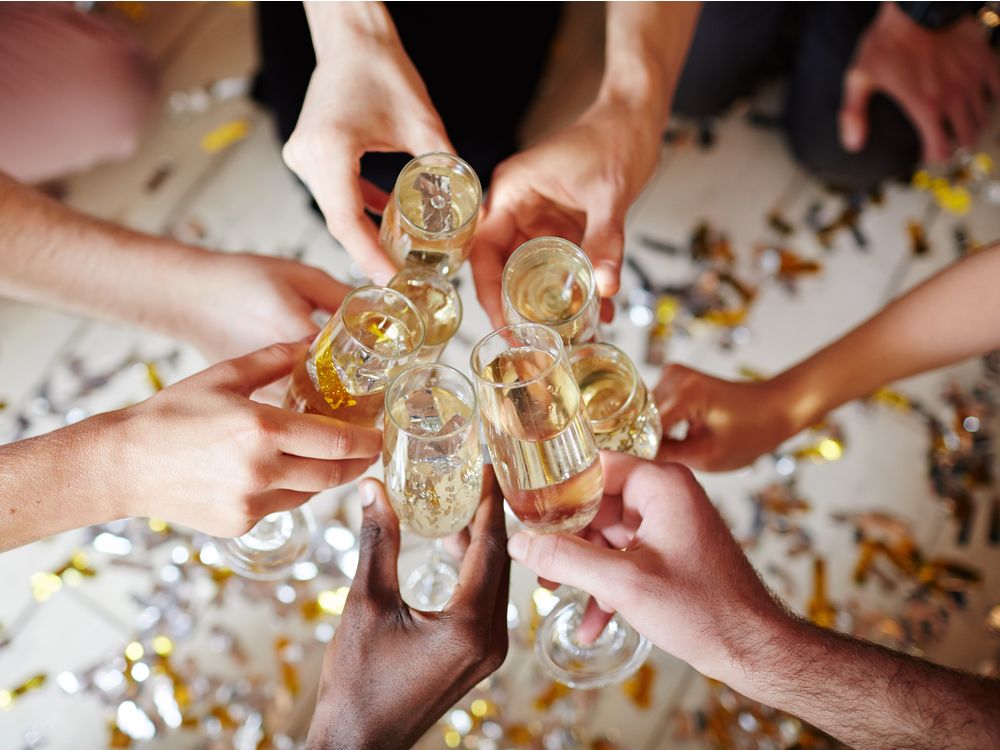Think of the last time you had something to celebrate. If you toasted the happy occasion, your drink was probably alcoholic — and bubbly. Have you ever wondered why it’s so enjoyable to imbibe a glass of something that sets off a series of micro-explosions in your mouth?
A glass of a bubbly drink is full of physics, history, and culture. We probably first encountered fizz alongside the discovery of alcohol, since both ethanol and carbon dioxide (CO2) gas are byproducts of fermentation. Drinking carbonated substances for pleasure — rather than simply staying hydrated — appears to be something only humans do.
In 17th-century France, the Benedictine monk Dom Pérignon greatly refined what we now know as champagne. It took him many years to perfect a bottle and cork design that could withstand the high pressures that the process required. In sparkling wine, part of the fermentation takes place after the liquid has been bottled. Since the CO2 can’t escape the closed container, the pressure builds inside. In turn, this results in large gas quantities being actually dissolved into the liquid, in accordance with Henry’s law — a rule stating that the amount of gas that can be dissolved in a liquid is proportional to the pressure.
more on theweek.com




